Thriller novels are a genre known for their ability to keep readers hooked on the edge of their seats. The heart-pounding suspense, the nail-biting tension, and the relentless pacing are all key elements that make thrillers a favorite among readers. But how do authors create this palpable sense of suspense and tension that keeps readers glued to the pages? In this article, we’ll delve into the art of writing thrillers, exploring the techniques and strategies authors employ to create an electrifying reading experience.
Understanding The Thriller Genre
Before we dive into the nitty-gritty of writing a thriller, it’s essential to understand the genre itself. Thrillers are typically characterized by the following elements:
High Stakes
Thrillers often revolve around life-and-death situations or catastrophic events. The stakes are high, and the consequences of failure are dire.
Protagonist in Peril
The protagonist in a thriller is usually in jeopardy, facing physical, emotional, or psychological threats. Readers become emotionally invested in the protagonist’s survival.
Antagonist
Thrillers typically feature a strong antagonist, often with malevolent intentions. This character opposes the protagonist and creates conflict and tension.
Pacing
Thrillers are known for their fast-paced narrative. Short chapters, quick scene transitions, and a sense of urgency help maintain momentum.
Twists and Turns
Unexpected plot twists and revelations are common in thrillers. They keep readers guessing and add to the overall tension.
Creating Suspense
Suspense is the backbone of any good thriller. It’s the feeling of anxious uncertainty that keeps readers turning pages late into the night. Here are some techniques to create suspense in your thriller writing:
Withholding Information
Give readers just enough information to pique their curiosity but not enough to satisfy their questions. This creates a sense of intrigue and keeps them engaged.
Foreshadowing
Drop subtle hints about future events or revelations. Readers should feel like they’re piecing together a puzzle, which keeps them invested in the story.
Building Tension Through Dialogue
Use dialogue to create tension between characters. Veiled threats, unspoken secrets, and conflicts simmering beneath the surface can add layers of suspense.
Time Pressure
Establish a ticking clock or deadline for the protagonist. This adds urgency and keeps readers wondering if the hero can beat the odds in time.
Multiple Viewpoints
Show events from different characters’ perspectives, including the antagonists. This allows readers to see the bigger picture and adds complexity to the story.
Developing Compelling Characters
Engaging characters is crucial in thrillers. Readers need to care about what happens to them. Here are some tips for penning down compelling characters in your thriller:
Flaws and Vulnerabilities
Give your characters realistic flaws and vulnerabilities. These imperfections make them relatable and create empathy in readers.
Complex Motivations
Explore the motivations of both the protagonist and antagonist. What drives them? What are their goals? Complex, well-defined motivations add depth to your characters.
Character Arcs
Characters should evolve throughout the story. The challenges they face should force them to grow, change, or confront their inner demons.
Moral Dilemmas
Place your characters in situations where they must make difficult moral choices. This not only adds depth to their personalities but also generates tension in the narrative.
Crafting An Engaging Plot
The plot of a thriller should be a rollercoaster ride filled with unknown twists and turns. Here’s how to craft an engaging plot:
The Inciting Incident
Start with a bang. Hook readers from the very beginning with a compelling incident or event that sets the story in motion.
Multiple Conflicts
Create multiple layers of conflict. There should be external conflicts (e.g., physical danger) and internal conflicts (e.g., moral dilemmas) to keep the tension high.
Red Herrings
Introduce false clues and red herrings to keep readers guessing. These can divert their attention from the real threat, only to be revealed later.
Mid-story Reversals
Don’t wait until the end for the big twist. Include significant plot twists in the middle of the story to maintain momentum.
Converging Storylines
If your story involves multiple characters or subplots, make sure they converge at critical moments. This creates a sense of unity and heightens tension.
Setting The Atmosphere
The setting and atmosphere play a significant role in creating tension in a thriller:
Location
Choose a setting that enhances the suspense. Isolation, darkness, and confinement can all contribute to a sense of foreboding.
Weather
Use the weather to your advantage. Stormy nights, heavy fog, or extreme heat can intensify the mood and create a sense of danger.
Symbolism
Utilize symbolism to foreshadow events or reflect the characters’ emotional states. Objects, colors, or recurring themes can carry significant weight.
Sensory Details
Engage the reader’s senses. Describe sounds, smells, and textures to immerse them in the story and make the atmosphere come alive.
10 Best Thrillers Of All The Times!
Here’s a list of 10 timeless thrillers you can take inspiration from before you start writing your own thriller masterpiece.

“The Silence of the Lambs” by Thomas Harris
This psychological thriller introduces readers to the iconic character of Dr. Hannibal Lecter, a brilliant yet terrifying serial killer. The cat-and-mouse game between FBI agent Clarice Starling and Dr. Lecter is both gripping and chilling.

“Gone Girl” by Gillian Flynn
Gillian Flynn’s modern classic is a psychological thriller that explores the complexities of a troubled marriage. It’s known for its unreliable narrators and shocking plot twists.

“The Girl with the Dragon Tattoo” by Stieg Larsson
This international bestseller combines elements of mystery and political intrigue. Investigative journalist Mikael Blomkvist teams up with computer hacker Lisbeth Salander to solve a decades-old disappearance.

“The Da Vinci Code” by Dan Brown
Dan Brown’s fast-paced thriller follows Robert Langdon, a Harvard professor of symbology, as he unravels a series of codes and mysteries related to the Holy Grail. The book’s blend of history, art, and conspiracy makes for an engaging read.

“Misery” by Stephen King
Known for his horror, Stephen King also excels in the thriller genre. “Misery” is a psychological thriller about a novelist who is held captive by an obsessed fan. It’s a tense exploration of obsession and captivity.

“The Shining” by Stephen King
Another Stephen King classic, “The Shining,” is a supernatural thriller that follows the Torrance family as they endure the isolation of a haunted hotel during the winter. The descent into madness is both chilling and suspenseful.

“The Bourne Identity” by Robert Ludlum
This espionage thriller introduces readers to Jason Bourne, an amnesiac with extraordinary skills who is pursued by powerful enemies. The book’s action-packed sequences and global intrigue have made it a staple in the genre.

“The Hunt for Red October” by Tom Clancy
Tom Clancy’s debut novel introduced readers to Jack Ryan, a CIA analyst. The story revolves around a Soviet submarine captain’s defection to the United States, and it’s filled with political intrigue and high-stakes action.

“The Andromeda Strain” by Michael Crichton
This science thriller by Michael Crichton explores the consequences of a deadly extraterrestrial microorganism. It combines scientific detail with a gripping narrative, creating a sense of urgency and suspense.

“Presumed Innocent” by Scott Turow
A legal thriller, this novel follows the story of a prosecutor who becomes the prime suspect in a murder case. It’s a courtroom drama filled with twists and turns.
Conclusion
So, whether you’re a seasoned thriller enthusiast or a budding writer eager to create your own suspense-filled masterpiece, remember that the world of thrillers offers endless possibilities. It’s a world where the power of words can evoke heart-pounding excitement, nerve-wracking tension, and unforgettable thrills, all between the covers of a book.

 Last Updated: January 26, 2024
Last Updated: January 26, 2024

 Last Updated: January 26, 2024
Last Updated: January 26, 2024
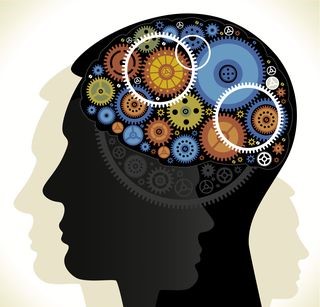
 Last Updated: January 24, 2024
Last Updated: January 24, 2024

 Last Updated: January 23, 2024
Last Updated: January 23, 2024
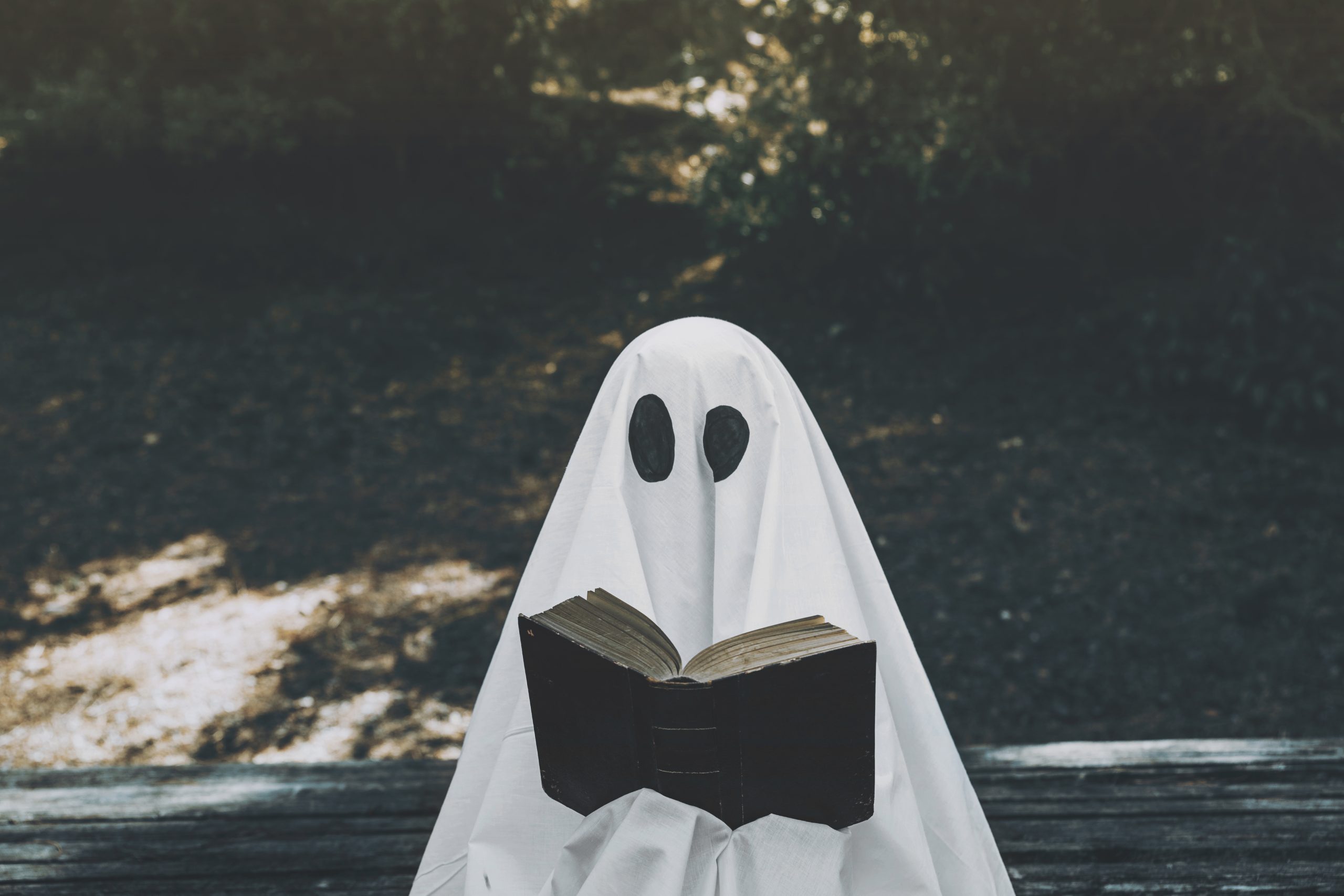
 Last Updated: January 22, 2024
Last Updated: January 22, 2024


 Last Updated: January 22, 2024
Last Updated: January 22, 2024
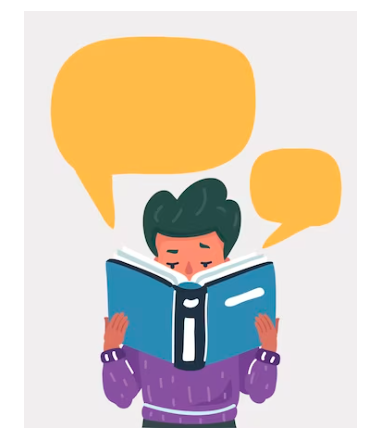
 Last Updated: January 20, 2024
Last Updated: January 20, 2024

 Last Updated: January 20, 2024
Last Updated: January 20, 2024

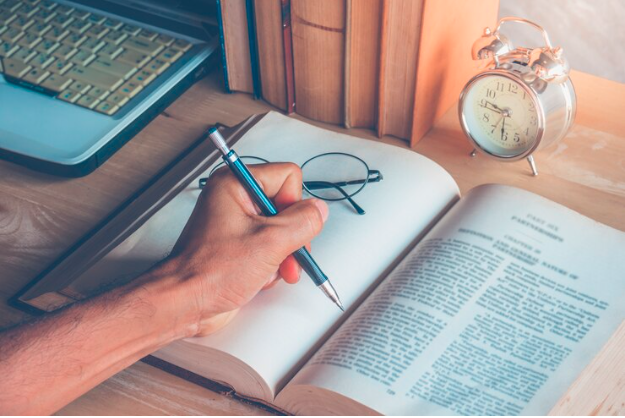
 Last Updated: January 18, 2024
Last Updated: January 18, 2024
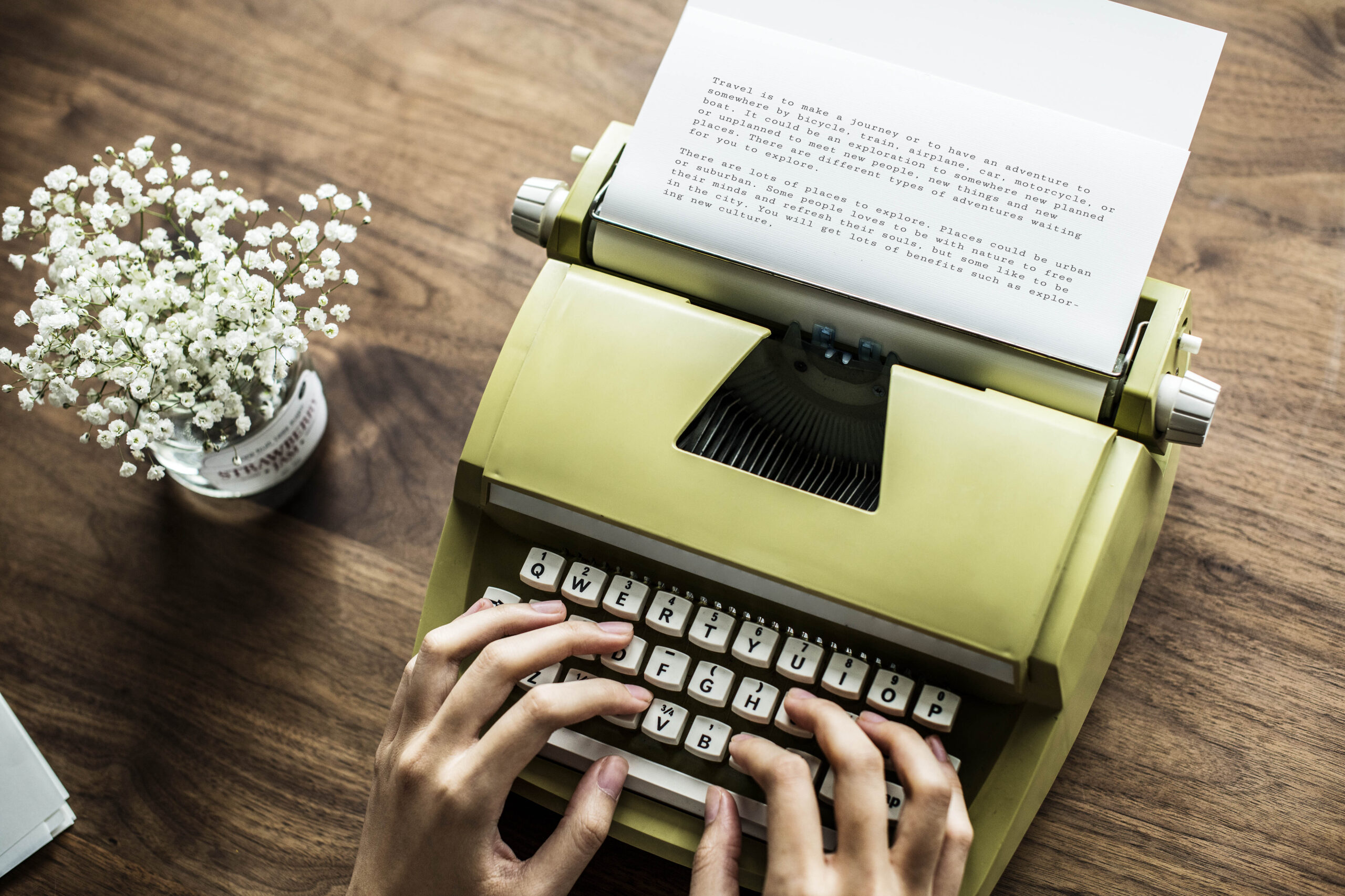
 Last Updated: January 18, 2024
Last Updated: January 18, 2024

4,482
Share
How To Write A Thriller Book That Keeps Readers Hooked?
Thriller novels are a genre known for their ability to keep readers hooked on the edge of their seats. The heart-pounding suspense, the nail-biting tension, and the relentless pacing are all key elements that make thrillers a favorite among readers. But how do authors create this palpable sense of suspense and tension that keeps readers glued to the pages? In this article, we’ll delve into the art of writing thrillers, exploring the techniques and strategies authors employ to create an electrifying reading experience.
Table of Content
Understanding The Thriller Genre
Before we dive into the nitty-gritty of writing a thriller, it’s essential to understand the genre itself. Thrillers are typically characterized by the following elements:
High Stakes
Thrillers often revolve around life-and-death situations or catastrophic events. The stakes are high, and the consequences of failure are dire.
Protagonist in Peril
The protagonist in a thriller is usually in jeopardy, facing physical, emotional, or psychological threats. Readers become emotionally invested in the protagonist’s survival.
Antagonist
Thrillers typically feature a strong antagonist, often with malevolent intentions. This character opposes the protagonist and creates conflict and tension.
Pacing
Thrillers are known for their fast-paced narrative. Short chapters, quick scene transitions, and a sense of urgency help maintain momentum.
Twists and Turns
Unexpected plot twists and revelations are common in thrillers. They keep readers guessing and add to the overall tension.
Creating Suspense
Suspense is the backbone of any good thriller. It’s the feeling of anxious uncertainty that keeps readers turning pages late into the night. Here are some techniques to create suspense in your thriller writing:
Withholding Information
Give readers just enough information to pique their curiosity but not enough to satisfy their questions. This creates a sense of intrigue and keeps them engaged.
Foreshadowing
Drop subtle hints about future events or revelations. Readers should feel like they’re piecing together a puzzle, which keeps them invested in the story.
Building Tension Through Dialogue
Use dialogue to create tension between characters. Veiled threats, unspoken secrets, and conflicts simmering beneath the surface can add layers of suspense.
Time Pressure
Establish a ticking clock or deadline for the protagonist. This adds urgency and keeps readers wondering if the hero can beat the odds in time.
Multiple Viewpoints
Show events from different characters’ perspectives, including the antagonists. This allows readers to see the bigger picture and adds complexity to the story.
Developing Compelling Characters
Engaging characters is crucial in thrillers. Readers need to care about what happens to them. Here are some tips for penning down compelling characters in your thriller:
Flaws and Vulnerabilities
Give your characters realistic flaws and vulnerabilities. These imperfections make them relatable and create empathy in readers.
Complex Motivations
Explore the motivations of both the protagonist and antagonist. What drives them? What are their goals? Complex, well-defined motivations add depth to your characters.
Character Arcs
Characters should evolve throughout the story. The challenges they face should force them to grow, change, or confront their inner demons.
Moral Dilemmas
Place your characters in situations where they must make difficult moral choices. This not only adds depth to their personalities but also generates tension in the narrative.
Crafting An Engaging Plot
The plot of a thriller should be a rollercoaster ride filled with unknown twists and turns. Here’s how to craft an engaging plot:
The Inciting Incident
Start with a bang. Hook readers from the very beginning with a compelling incident or event that sets the story in motion.
Multiple Conflicts
Create multiple layers of conflict. There should be external conflicts (e.g., physical danger) and internal conflicts (e.g., moral dilemmas) to keep the tension high.
Red Herrings
Introduce false clues and red herrings to keep readers guessing. These can divert their attention from the real threat, only to be revealed later.
Mid-story Reversals
Don’t wait until the end for the big twist. Include significant plot twists in the middle of the story to maintain momentum.
Converging Storylines
If your story involves multiple characters or subplots, make sure they converge at critical moments. This creates a sense of unity and heightens tension.
Setting The Atmosphere
The setting and atmosphere play a significant role in creating tension in a thriller:
Location
Choose a setting that enhances the suspense. Isolation, darkness, and confinement can all contribute to a sense of foreboding.
Weather
Use the weather to your advantage. Stormy nights, heavy fog, or extreme heat can intensify the mood and create a sense of danger.
Symbolism
Utilize symbolism to foreshadow events or reflect the characters’ emotional states. Objects, colors, or recurring themes can carry significant weight.
Sensory Details
Engage the reader’s senses. Describe sounds, smells, and textures to immerse them in the story and make the atmosphere come alive.
10 Best Thrillers Of All The Times!
Here’s a list of 10 timeless thrillers you can take inspiration from before you start writing your own thriller masterpiece.
“The Silence of the Lambs” by Thomas Harris
This psychological thriller introduces readers to the iconic character of Dr. Hannibal Lecter, a brilliant yet terrifying serial killer. The cat-and-mouse game between FBI agent Clarice Starling and Dr. Lecter is both gripping and chilling.
“Gone Girl” by Gillian Flynn
Gillian Flynn’s modern classic is a psychological thriller that explores the complexities of a troubled marriage. It’s known for its unreliable narrators and shocking plot twists.
“The Girl with the Dragon Tattoo” by Stieg Larsson
This international bestseller combines elements of mystery and political intrigue. Investigative journalist Mikael Blomkvist teams up with computer hacker Lisbeth Salander to solve a decades-old disappearance.
“The Da Vinci Code” by Dan Brown
Dan Brown’s fast-paced thriller follows Robert Langdon, a Harvard professor of symbology, as he unravels a series of codes and mysteries related to the Holy Grail. The book’s blend of history, art, and conspiracy makes for an engaging read.
“Misery” by Stephen King
Known for his horror, Stephen King also excels in the thriller genre. “Misery” is a psychological thriller about a novelist who is held captive by an obsessed fan. It’s a tense exploration of obsession and captivity.
“The Shining” by Stephen King
Another Stephen King classic, “The Shining,” is a supernatural thriller that follows the Torrance family as they endure the isolation of a haunted hotel during the winter. The descent into madness is both chilling and suspenseful.
“The Bourne Identity” by Robert Ludlum
This espionage thriller introduces readers to Jason Bourne, an amnesiac with extraordinary skills who is pursued by powerful enemies. The book’s action-packed sequences and global intrigue have made it a staple in the genre.
“The Hunt for Red October” by Tom Clancy
Tom Clancy’s debut novel introduced readers to Jack Ryan, a CIA analyst. The story revolves around a Soviet submarine captain’s defection to the United States, and it’s filled with political intrigue and high-stakes action.
“The Andromeda Strain” by Michael Crichton
This science thriller by Michael Crichton explores the consequences of a deadly extraterrestrial microorganism. It combines scientific detail with a gripping narrative, creating a sense of urgency and suspense.
“Presumed Innocent” by Scott Turow
A legal thriller, this novel follows the story of a prosecutor who becomes the prime suspect in a murder case. It’s a courtroom drama filled with twists and turns.
Conclusion
So, whether you’re a seasoned thriller enthusiast or a budding writer eager to create your own suspense-filled masterpiece, remember that the world of thrillers offers endless possibilities. It’s a world where the power of words can evoke heart-pounding excitement, nerve-wracking tension, and unforgettable thrills, all between the covers of a book.
Table of Content